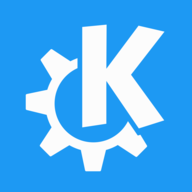

Realistically I’ll probably die in a heat wave.
Just for fun, if a like-minded individual has any possibility to physically preserve my brain (not a copy!) in their makeshift lab I’d probably roll the dice on that one if things were half-clean. Yeah, I know, the odds aren’t good.
In terms of cyborg stuff, I would want something more organic than popsci typically shows though. Like having a semi-synthetic body that is its own multi-cellular, symbiotic organism. That can further connect to other things (like to the myconet to exchange resources).
I would not want to live forever, though. If I did anything like that I’d probably live isolated for a while and then retire into my own brain.






I wonder if this will apply to the original Steam Controller, or if lacking motion gestures is also a firmware issue.
It’s either that or using an old Sixaxis (PS3) controller.